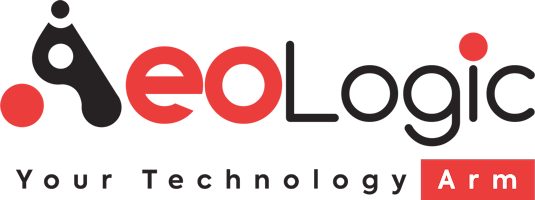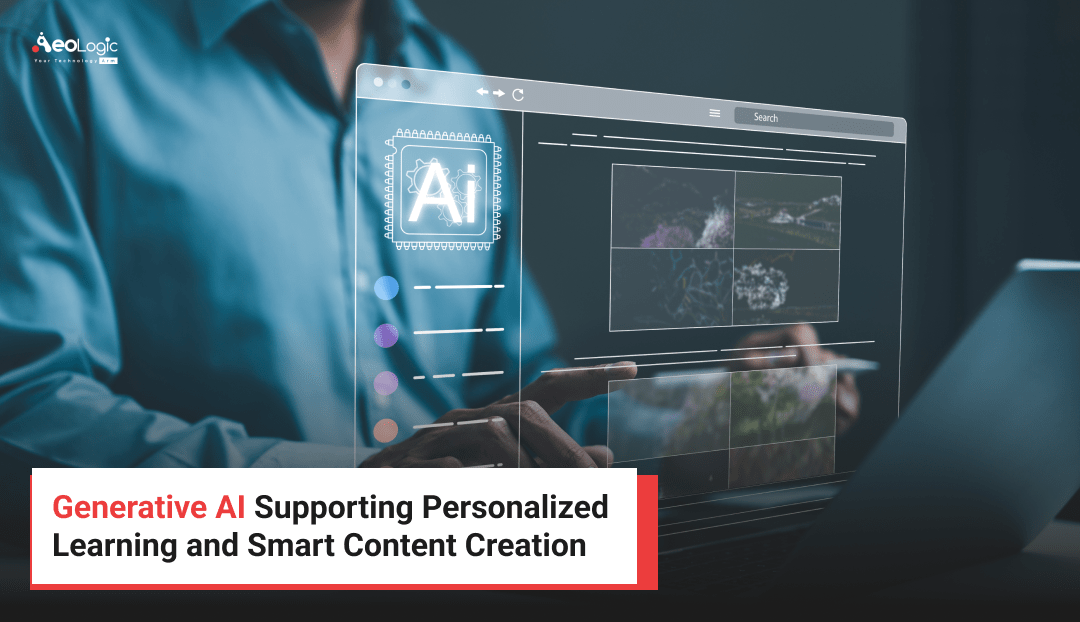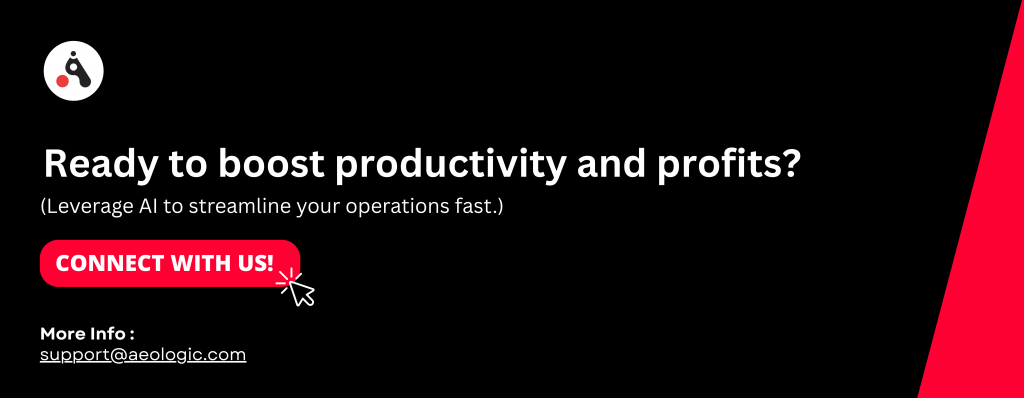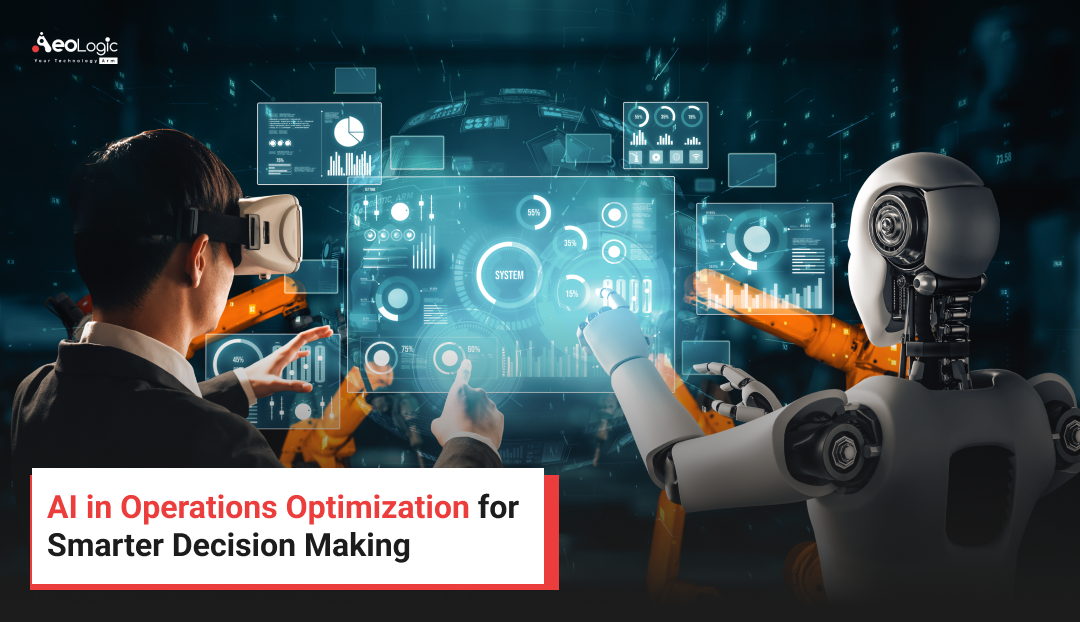The education industry shapes the future of the world, and digital transformation has impacted this industry with a lot of potential technologies. Generative AI solutions have been the most significant technology that has revolutionized learning and content creation in a way that has never been done before.
The traditional method of learning is effective, but surely cannot be sufficient for this fast-paced world, and can make students fall behind the curve. The traditional learning method involves manual analysis of students’ performance, which is surely not fully accurate, lacks personalization, presents the same type of content to each student, has slow administrative processes that limit students’ learning time, provides limited support, and more.
These issues have been addressed in most regions with the introduction of generative AI. This technology has immense potential for content creation and other abilities, as conventional AI possesses.
Generative AI supports personalized learning and smart content creation with the help of its machine learning algorithm. The gen AI can analyze each student’s performance and learning pace to provide personalized lesson plans, scheduling, support, and much more to help them grow better.
Generative AI can also create smart content for smart learning, like gamification with learning, techniques to learn faster, video and graphic learning, and much more. These all enable various benefits and applications like real-time feedback to make dynamic changes, engaging learning in a better way, contextualized learning, better interaction, etc. Overall, generative AI integration enables the best personalized learning and smart content creation in the best possible way to make learning more engaging, effective, and interesting than ever before.
The Rise of Generative AI in Smart Content Creation
The generative artificial intelligence (AI) in the e-learning market has grown rapidly in recent years. It will grow from $5.19 billion in 2024 to $5.92 billion in 2025 at a compound annual growth rate (CAGR) of 14.0%.
Generative artificial intelligence (AI) in the e-learning market is expected to see rapid growth in the next few years. It will grow to $9.93 billion in 2029 at a compound annual growth rate (CAGR) of 13.8%.
The global generative AI in content creation market size was estimated at USD 14.8 billion in 2024 and is projected to reach USD 80.12 billion by 2030, growing at a CAGR of 32.5% from 2025 to 2030.
Personalized learning, facilitated by AI, can increase student engagement by 10-20% compared to traditional methods, as students are more likely to stay interested in material that is tailored to their skill level.
A significant proportion of students (66.7%) have used GenAI language learning tools, highlighting the growing interest in customized learning experiences.
Also Read: How Generative AI is Revolutionizing Industries in 2025
What is Generative AI in Smart Content Creation?
Generative AI-powered personalized learning and smart content creation refer to the implementation of generative AI-powered solutions for better analysis of students, a personalized way to learn, automatic and smart content creation for more diverse learning, and much more.
Generative AI in learning just acts as a digital tutors that possess more potential and capability than a manual one. But it doesn’t mean that the human teachers are worthless; they are the ones who provide the gen AI-powered learning to the students and make them understand gen AI-powered content in a better way.
All things considered, gen AI technology uses student data analysis to produce personalized learning resources, dynamically modify content, and offer focused feedback, all of which increase learning effectiveness and engagement.
Also Read: Benefits of Artificial Intelligence in Future of Education
Applications of Generative AI in Smart Content Creation
There are various applications of generative AI in smart content creation. Here are a few key applications mentioned below.
Adaptive Content
This is important to provide the learning content according to the student’s understanding complexity. You cannot provide a generalized content type to every student, as they cannot learn better with the generalized content. The generative AI algorithm can analyze each student’s data to better understand the difficulty level they can understand. The generative AI creates adaptive content according to the requirements.
For example, if a student faces complexity in maths, then the gen AI provides a visual content method to make learning better.
Real Time Feedback System
Feedback is the key to improvement as it denotes the weaknesses, strengths, and other key points of students that can contribute to creating better learning. The traditional system involves manual feedback after the evaluation of results. This results in too much delay to take any action.
Generative AI in smart content creation involves a real-time feedback system that can detect the problems of students in a live class that teachers can focus on to make them better through one-to-one assistance.
Individualized Instructions
The traditional education system involves manual tasks that are repetitive and time-consuming. This does not allow teachers to focus on students’ assessments to provide them with better support.
The AI-powered automation can automate various tasks like evaluations, content creation, and assignment to free up the teachers. This enables teachers to provide individualized instructions to students to work on their weak points and enhance their strengths much more.
Also Read: Main Role of Artificial Intelligence in Education and Learning
Diverse Content Formats
Having a diverse content format makes students learn more widely and become more knowledgeable. The conventional education system offers limited content resources that limit the learning of the students.
Where the gen AI-powered solutions can provide the smart content generation through machine learning and neural network processing to offer diverse content formats to the students, like textbooks, articles, videos, and interactive dialogues. The wide range of content does not make learning boring and enhances knowledge as well.
Contextualized Learning
Learning would be better if the students could relate their topic to real-life concepts. The traditional system only provides theoretical topics that do not cover the concept for students. Where the gen AI-powered solutions can provide contextualized learning by relating real-life scenarios or virtual scenes to the theoretical topics.
This makes students understand better, and they can make visuals in their minds to understand in a more personalized way. This is a great method to make learning better with smart and advanced generative AI capabilities.
Explore more: Best Generative AI Solutions Providers
Dynamic Content
The change in learning content is necessary as the content should be in a manner that offers challenges and stimulates learning more dynamically. The traditional system only offers a safe level of content that limits the thinking and understanding of the students.
Gen AI solutions can analyze the learning pace of students and their performance to make dynamic changes to the content. It ensures that the content is challenging and stimulating to make students think more deeply.
Interesting Method of Learning
Learning should be interesting for students, but traditional learning is so boring for modern students. The Generative AI in smart content creation can offer various interesting learning methods such as competitive quizzes, gamification of various topics, a ranking system, virtual achievements, and badges.
This helps to boost the morale of the students to achieve something that motivates them to learn better with more concentration. Surely, these are great ways to provide personalized and smart content-based learning.
Also Read: AI-Driven Tutoring Solutions for Personalized Education
24/7 Support
Students may have questions anytime that need to be solved to boost their confidence. But the academic support from the teachers cannot be available every time. But with the generative AI-powered AI assistant and chatbots, they can provide answers to queries for the students.
It can be available anytime, anywhere, which helps students to learn nonstop learning in a smarter and advanced manner. This overall enhances the efficiency, productivity, and learning for the students.
Step-by-Step Guide to Integrating Generative AI in Content Creation
Integrating generative AI into your content creation workflow can dramatically enhance creativity, efficiency, and personalization.
Whatever your role, as an educator, marketer, or content creator, following a systematic process can help ensure that you reap all that AI is capable of producing while also demonstrating quality and relevance. This is the process. Here’s a step-by-step guide to get you started.
1. Identify Your Content Needs and Goals
Start by fully specifying what types of content you’d like to create with AI. Are you interested in blogs, learning resources, video scripts, interactive quizzes, etc? Define your goals, whether that is for personalization, speed-to-market, creativity, etc. It will help you choose the generative AI tools that are right for you and also track your success.
2. Select the Right Generative AI Tools
Get familiar with the generative AI platforms and tools that will generate content for you. Some of the most popular generative AI tools are text generators based on GPT, AI-powered video creation applications, and multimodal AI tools that incorporate both text and images.
You should consider whether they are easy to use, if they allow customization, if they integrate with your existing tools, and the costs. If you want the best generative AI solutions to fit your business needs, Aeologic Solutions provides expert services that will help you implement generative AI technology into your existing workflow.
3. Organize Inputs and Data
When using generative AI in smart content creation, clear and relevant input is essential for high quality AI output. Before using these tools, first assemble necessary data, prompts, or source materials that will support the AI to develop content that is accurate and makes contextual sense.
You might outline significant topics, provide guidance on the desired style, and upload or insert previous content as needed for reference.
4. Train and Customize the AI Model (if applicable)
Some generative AI services allow you to train and customize a model based on your exact content style and unique topic area.
Customizing an AI model takes time and, if done properly, you will be rewarded with an output that is more relevant to your needs, and as a bonus potentially meets your audience’s expectations in terms of your brand voice, or educational intent.
Also Read: The Role of AI in Shaping the Future of Education Industry
5. Create Content Drafts
Use the AI tool you selected to produce content drafts. Using it, play with different prompts or settings to generate additional variations of tones, lengths, and formats of content. Critically assess the outputs to pick the best candidates for editing.
6. Edit and Refine AI Generated Content
Although the AI tool was able to produce an impressive draft, it remains crucial to edit its content with your own human touch. Go back through the generated content and edit what you need to ensure it is accurate, as clear as possible, according to your journalistic tone, and quality work that now meets your audience’s needs, requires.
7. Implement Content Into Your System
Make sure the AI-generated content can be added to your current content management system or learning management platform very easily. If possible, utilize automation tools or APIs for your program to eliminate work time on publication and/or updating.
8. Track Performance and Collect Feedback
It’s important to measure how your AI-created content is performing for your audience. Gather feedback to see what’s sticking and what needs to be improved.
Find ways to track engagement, understanding, or conversion through analytics.
9. Iterate and Optimize
Continually refine your AI integration using feedback and performance data. Adjust prompts, retrain models, or use new AI features to maintain the relevance, freshness, and impact of your content.
By following these steps and seeking guidance from leading providers like Aeologic Solutions, you can leverage generative AI and create smarter, personalized content with greater efficiency, while also using a human touch to make your message resonate.
Also Read: The Role of AI in Education And Learning
Challenges with Generative AI In E-learning
Generative AI has various applications and benefits, but it has some challenges too. Here are a few challenges mentioned below.
- The generative AI models are generally trained on biased algorithms that can enable biased results to affect educational equity. This is not good as this can affect the students’ mentality in the wrong way.
- Gen AI models can generate or provide false and outdated information that can create misconceptions, misunderstandings, and many wrong things. This can be prevented by double-checking with the other trusted sources. So, the false information generation could also be a challenge.
- Gen AI implementation in educational organizations involves students’ data, administration data, and much more. This can create risk and privacy issues if any external risk factors enter the system. So, always use multi-factor authentication, encryption, and transparency among organizations.
Also Read: How Artificial Intelligence is Transforming Education
Final Take
The future of generative AI in learning and smart content creation fully depends on the emerging trend and future opportunities. Various trends are surely going to enhance personalized learning with generative AI in a better and advanced manner.
The key trends involve AI-driven adaptive learning, automated content generation, and immersive learning experiences with integration with AR/VR. These trends will pave the path of gen AI in the education sector and make sure that the education industry will revolutionize in a better way to provide great, safe, advanced, smart, and personalized education to students in every possible way.
FAQs
How secure is the student data used by generative AI for personalization?
When using generative AI for personalized learning, student data security is the most important consideration. Good AI platforms offer strong and strict protections for data with protocols like encryption, anonymization and adherence to privacy rules such as GDPR and FERPA.
These security measures allow sensitive student information to be kept confidential, thus enabling only better learning experiences.
In addition, many systems allow educators and institutions control and permissions over who can see and share data, honoring transparency and consent.
On the premise that no system guarantees security and protection against misuse and hacking, each person in the system helps to minimize risks and respect student privacy with the unified goals of enhancing AI and cybersecurity.
How can generative AI help improve student engagement?
Student engagement can be greatly improved with generative AI because it can offer a truly personalized, interactive, and relevant learning experience.
What generative AI can do is take data about individual learners, including their preferences, prerequisites, progress, and interests, to provide synthesized content that will be qualitatively meaningful to every student.
The personalized learning experience is focused on students’ involvement, not just their passive learning, about the lesson from simulations, stories, quizzes, and real-world examples.
Additionally, AI can provide instant feedback and real-time modifications to learning activities to keep students motivated, challenged, and appropriately discouraged as they learn.
With the power to convert static and traditional learning materials into dynamic learning experiences that consider context, generative AI can keep students curious, focused, and invested in their learning experience.
What solutions address challenges in implementing generative AI for education?
Adopting generative artificial intelligence (AI) in a learning environment introduces hurdles, and the most common concerns are assurance of accuracy, bias, privacy, and determining human authority in monitoring AI learning.
A genuine approach must adopt the model of AI technology being accompanied by the continual engagement of a teacher who is responsible for approving and editing AI created content to ensure it meets the stated learning targets and the stated ethical obligations.
Continual training and updating an AI models helps to improve the accuracy and cultural relevance of learning, decreasing the potential for bias and mistakes. Faculty can mitigate the risks by ensuring strict data security practices from encryption to compliance with privacy laws when collecting and storing student information.
In addition, being upfront with ethical guidelines, transparent institutional policy on mandatory reporting, and transparent policy on clear and open AI use by all learners provides acceptable decisions with accountability between the learner and educator.
By uniting the power of pedagogy and AI with lecture supervision and solid reporting provisions, the overall implementation of AI can mitigate some of the challenges above, help to create effective and responsible personal learning experiences.
What are the benefits of AI-generated content for online education platforms?
AI-generated content provides many key benefits for online education platforms in their effort to deliver personalized, engaging, and scalable learning experiences. Some of the key benefits of AI-generated content include:
- Speed of content development: Create various types of quality learning materials for a range of learner needs in a timely manner.
- Scalability: Quickly update and develop more course content to reflect educational needs and changes.
- Customization: Adapt content based on individual learner needs and learning progress in real-time.
- Engaging content: Provide learners with interactive and contextually relevant learning materials to increase motivation.
- Value proposition: Save time and money developing content to present more time and money on teaching and support.
- Uniformity: Provide the same level of quality content across a variety of learning materials (quizzes, tests, assessments) that highlight your alignment with curriculum standards.
- Equity: Generate individual customized content that meets a variety of learning styles and learning abilities.
When used collectively, these advantages provide online education platforms with many options, which allows for continued and effective learner-centered education at scale.

I’m Deepika Pandey, an SEO strategist and content writer with 6+ years of experience. I create SEO-friendly content that drives traffic and engages readers. I combine data insights with creativity to help businesses grow their online presence effectively.






